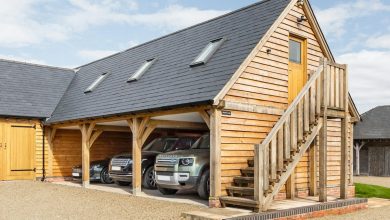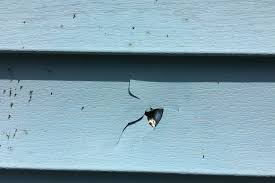What Is the Best Grade of Hardwood Flooring?

When choosing hardwood flooring, one of the key factors to consider is the best grade of hardwood flooring. Hardwood grades, often labeled as “prime,” “select,” “natural,” or “rustic,” indicate the appearance of the wood rather than its quality or durability. Each grade offers a distinct visual style, making it essential to choose based on your preferences and the aesthetic you want to achieve in your space.
Let’s explore what these grades mean and how they impact the overall look of your flooring.
Understanding Hardwood Flooring Grades
Hardwood flooring grades are primarily about the visual characteristics of the wood. They describe aspects like color variation, the presence of knots, and sapwood content. Unlike lumber grades, which focus on raw materials, flooring grades highlight the wood’s aesthetic qualities in its finished form.
1. Prime Grade
Prime-grade flooring is known for its refined, uniform look. It features minimal knots, consistent coloring, and a sleek finish. This grade is ideal for modern or high-end spaces that require a clean and polished appearance.
2. Select Grade
Select grade wood strikes a balance between sophistication and character. With slightly more color variation and occasional small knots, it maintains a neat look while showcasing the natural beauty of the wood.
3. Natural Grade
Natural grade flooring emphasizes the wood’s inherent charm. It includes visible knots, larger color variations, and occasional mineral streaks, giving the floor a warm, inviting feel.
4. Rustic Grade
Rustic grade is for those who love a floor with personality. With prominent knots, dramatic color contrasts, and visible imperfections, this grade exudes a charming, lived-in character. It’s perfect for cozy, rustic, or farmhouse-style homes.
Choosing the Right Grade for Your Home
The “best” grade of hardwood flooring depends on your design preferences and the ambiance you wish to create.
- If you want a minimalist and luxurious aesthetic, prime grade is your best option.
- For a mix of elegance and natural beauty, select grade offers a versatile choice.
- To embrace the wood’s organic appeal, natural grade provides a stunning balance of character and warmth.
- If you’re aiming for a bold and unique statement, rustic grade delivers a dramatic and charming effect.
Budget Considerations
Higher grades, like prime and select, are more expensive because they require more careful selection and processing. Natural and rustic grades, with their pronounced features, are often more budget-friendly. However, the cost savings can also add a distinctive personality to your flooring.
Key Tips for Choosing Hardwood Grades
- Consider the room’s purpose: Formal spaces like living rooms may benefit from prime or select grades, while casual areas might thrive with rustic or natural grades.
- Factor in stain and finish: Dark stains can minimize the visibility of knots and color variations, making lower grades appear more uniform.
- Work with a trusted flooring professional: They can guide you through the selection process and help you achieve your desired aesthetic within your budget.
Final Thoughts
The grade of hardwood flooring significantly impacts the final look of your space. While prime and select grades offer a refined appearance, natural and rustic grades celebrate the wood’s unique character. By understanding the differences and aligning them with your style and budget, you can confidently choose the perfect hardwood flooring for your home.




